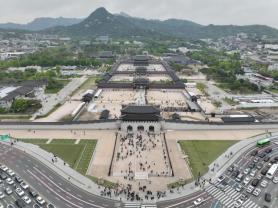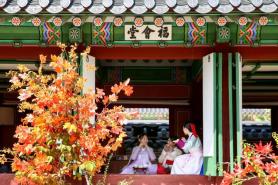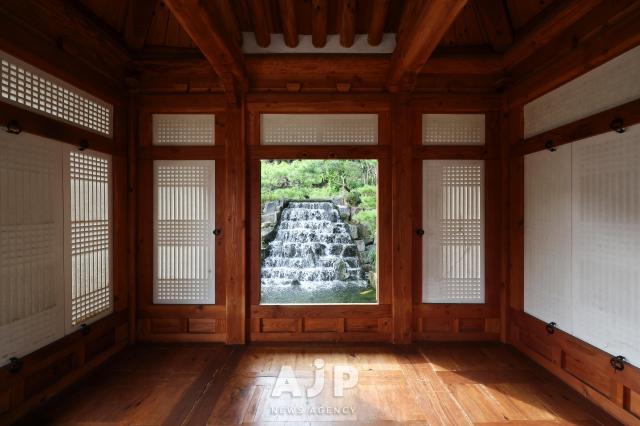
SEOUL, October 23 (AJP) - On a crisp autumn day, the city air scrubbed clean by recent rain, I embarked on a literary journey high above the Korean capital. The destination: Inwangsan Mountain, a granite peak that has long served as both a defensive wall and a muse to artists.
From its summit, the sprawling metropolis of Seoul was laid bare, a tapestry of modern ambition woven against an ancient landscape.
Inwangsan has deep roots in Seoul's history, a vital section of the Hanyangdoseong, the city wall that has encircled the capital for centuries. Its picturesque slopes were famously captured in Gyeomjae Jeong Seon's 18th-century masterpiece, Inwangjesaekdo (Clearing after Rain on Mt. Inwang). Today, nestled among the trails are places like literary libraries and renovated outposts, spaces where history and narrative converge.
The climb began near the bustling neighborhood of Seochon, following a roughly one-hour ascent from the tranquil Suseong-dong Valley in Jongno-gu. At the peak, against a backdrop of piercing blue sky, the entire panorama of Seoul unfolded.
The view, stretching over the dense thicket of buildings, across the Han River, and culminating at Gwanaksan Mountain on the horizon, was breathtaking — a moment of serene detachment from the city's ceaseless rhythm below.
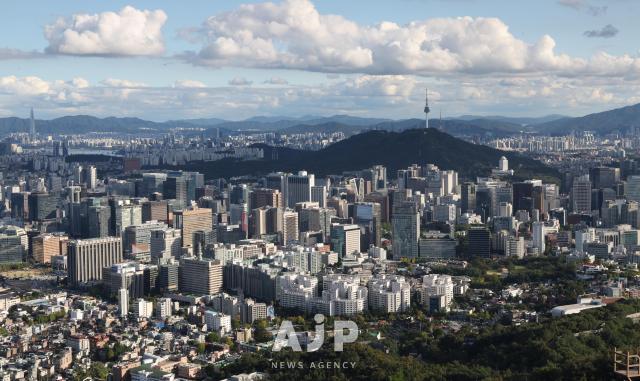
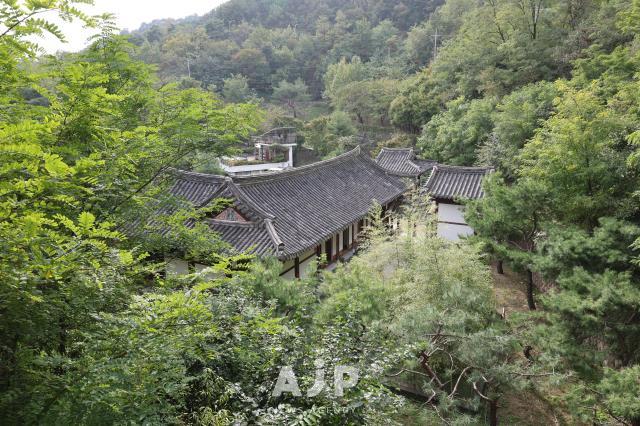
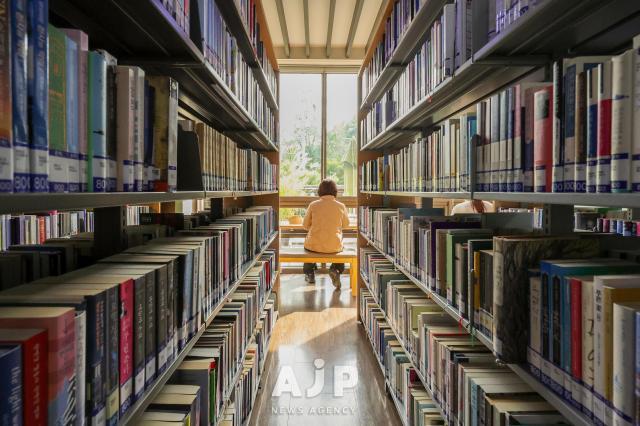
A few days after reaching the summit, I returned to explore the literary sites along the mountain's periphery. The journey began at the Cheongun Literary Library, a quiet sanctuary reached by bus from the Gyeongbokgung Palace area. It is Jongno-gu's first public hanok library, a striking blend of tradition and modernity with its single-story wooden hanok structure above a Western-style basement.
Inside, the open hanok doors framed the surrounding natural landscape like a masterful painting. Below, the basement shelves were lined with books, and citizens found quiet repose, some reading, others stepping out into the bamboo-filled inner courtyard.
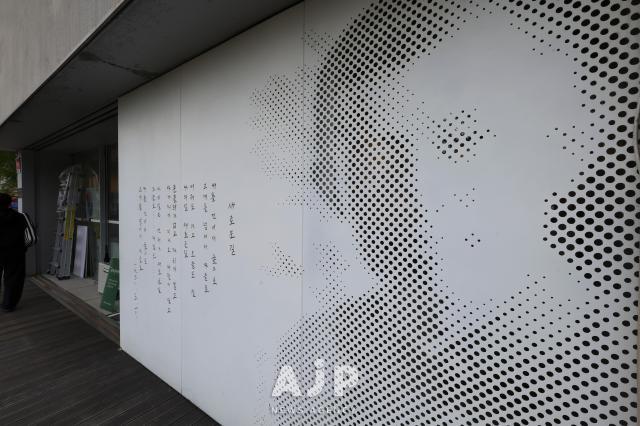
The pilgrimage continued to the nearby Yun Dong-ju Literary Museum, a tribute to one of Korea's most beloved poets. A figure of resistance during the Japanese colonial era, Yun Dong-ju is revered for his blend of resolute spirit and tender lyricism.
The museum itself is a fascinating architectural conversion: a former water pressure station and water tanks repurposed to house exhibits detailing his life and work. From the traditional setting of the hanok library to this industrial-to-artistic metamorphosis, the journey vividly illustrated the evolving narrative of Korean literature.
After the museum, a short climb led to the Poet's Hill, a spot the poet himself frequented. Here stands a stele inscribed with his representative work, "Seosi" (Prologue), offering a commanding view of the city — a view that must have both inspired and challenged the young poet.
Further along the trail lies a library cafe. This cafe is a product of adaptive reuse, a former police sentry post transformed after the mountain’s full public opening in 2018. Easily accessible, it has become a popular gathering spot, with patrons drinking tea and enjoying the stunning, unobstructed cityscape.
A mere 10-minute ascent from the bookstore revealed the Inwangsan Forest Shelter, another tranquil space born from the preservation of a former military outpost. Here, amidst the quiet sounds of wind, rustling leaves, and bird calls, citizens sat in the wooden structure, engaged in reading or quiet contemplation. The atmosphere, steeped in silence and surrounded by books, offered a palpable sense of peace.
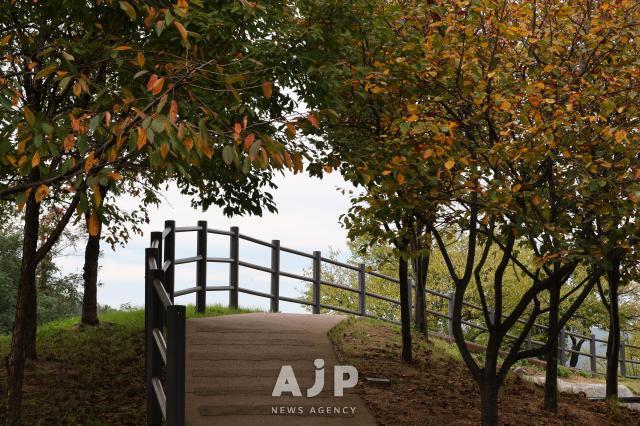 The Poet's Hill/ AJP Yoo Na-hyun
The Poet's Hill/ AJP Yoo Na-hyun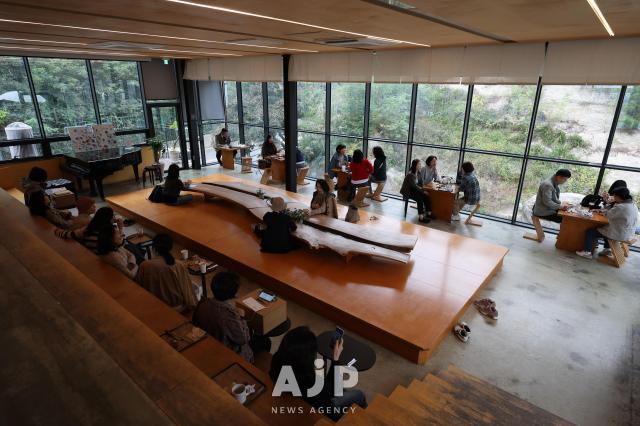
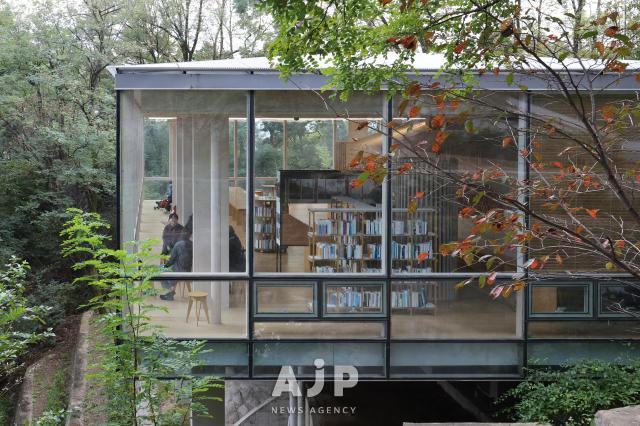
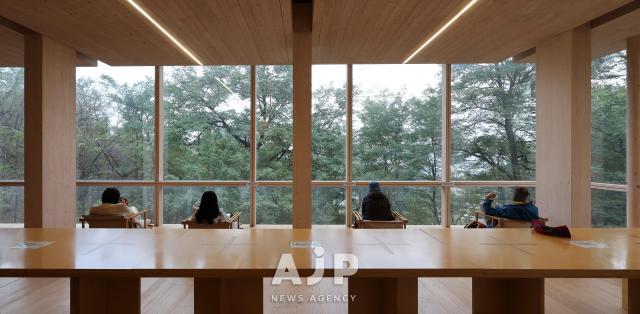
In a hyper-modern society defined by speed, there is a clear yearning for moments of repose — a rise in what might be called "text hip" culture. While major public initiatives like the city's outdoor library event will conclude as the weather cools, the literary trail of Inwangsan offers a more intimate, year-round alternative.
This pilgrimage along the mountain's culturally and historically rich perimeter provides a timeless view of Seoul, showcasing the capital’s ability to nurture quiet introspection within its dynamic core. It is a potent reminder that, even in a city of concrete and glass, the natural landscape and the human story remain intertwined.
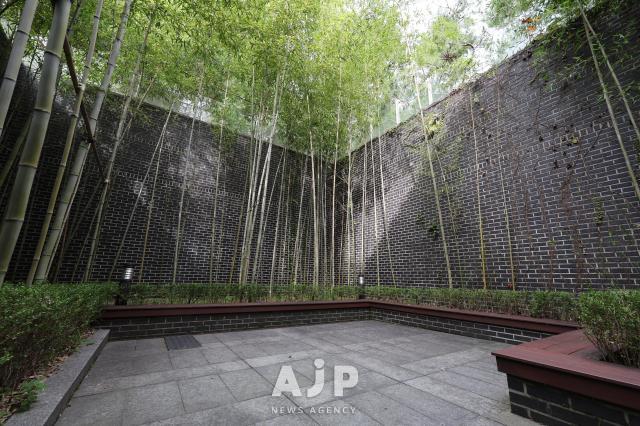
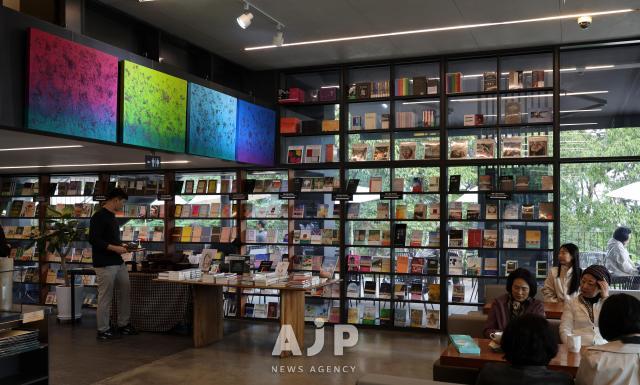
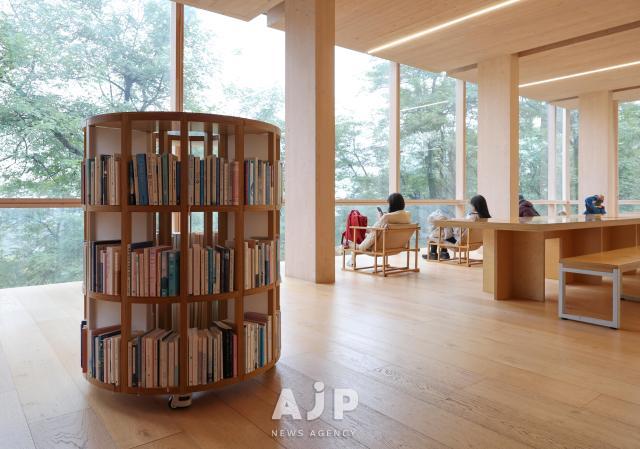
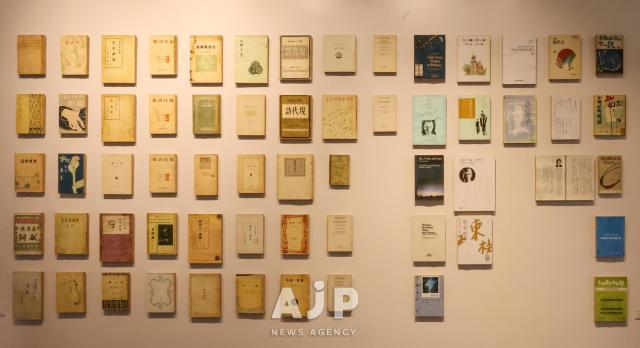
Copyright ⓒ Aju Press All rights reserved.

